Spain is one of the world’s prime tourist destinations, with millions of visitors pouring in every year. The country presents a cornucopia of attractions, including historical landmarks, cultural heritage, ocean beaches and fun cities. Things to do in Spain provide a whole bunch of activities. Traditional festivities such as La Tomatina and Running of the Bulls further enhance its charm. Spanish food is another major attraction. Tourism is a big contributor to Spain’s economy, contributing to almost 12% of the GDP.
Top 10 Things To Do In Spain
Spain offers a perfect mix of culture, adventure and relaxation. Following are the top 10 things to do in Spain:
1. Explore The Alhambra In Granada
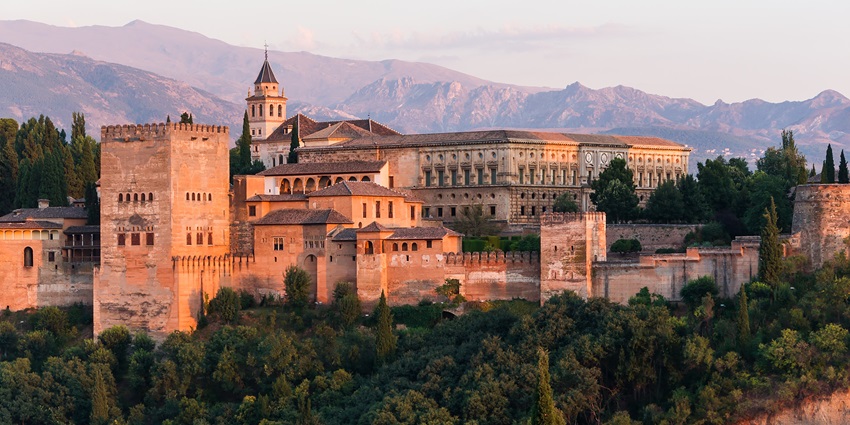
Photo: Jebulon / Wikimedia Commons
The Alhambra, located in Granada and designated a UNESCO World Heritage Site, ranks among the most visited places in Spain. Originally a fortress in the 9th century, it underwent drastic changes in the 13th and 14th centuries to become an opulent palace complex for the Nasrid kings. Important sites include the Nasrid Palaces, known for their exquisitely decorated courtyards and delicate muqarnas ceilings. The Alcazaba fortress commands majestic views over Granadahe. Because it is so popular, the tickets should be booked well in advance as daily visitor numbers are restricted.
Timings: 8:30 AM – 8 PM (varies by season)
2. Admire Gaudí’s Masterpieces In Barcelona
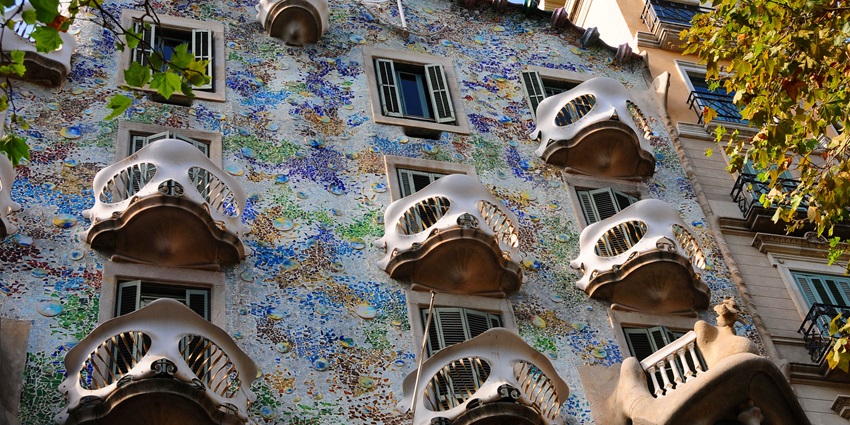
Photo: Mike McBey / Wikimedia Commons
Barcelona’s skyline, adorned with the architectural masterpieces of Antoni Gaudí, brings together the nature of the land with religion and Catalan modernism. The Sagrada Família forms the basis of celebrity here. Park Güell, a UNESCO-listed park, with its vibrant mosaics, organic forms, has an aura all its own. Casa Batlló, or “House of the Batllós,” is a showpiece with dragon-scaled curving roofs and a potpourri of passionate hues. Each of these places sets forth an aspect of Gaudí’s love for organic forms, intricate details, and religious metaphors. Thus, Barcelona becomes an oasis for art and architecture lovers.
Timings: Sagrada Família: 9 AM – 6 PM; Park Güell: 9:30 AM – 7:30 PM
3. Walk Through The Camino De Santiago
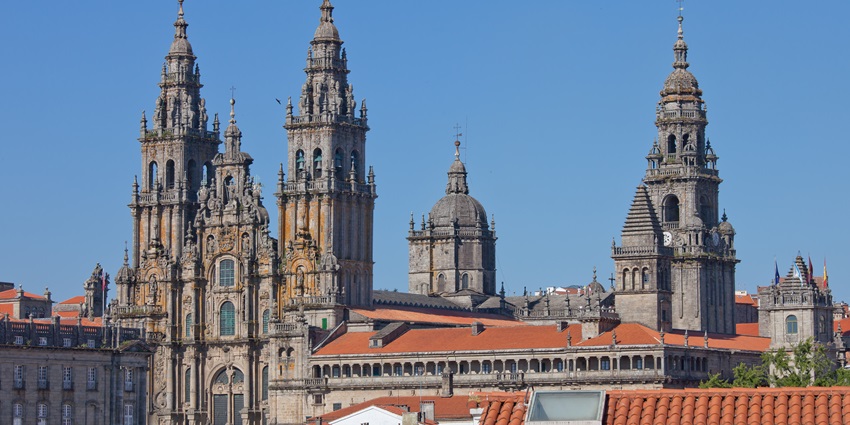
Photo: Luis Miguel Bugallo Sánchez / Wikimedia Commons
Several renowned pilgrimage routes lead towards the Cathedral of Santiago de Compostela in Galicia where the remains of St. James are believed to be. The most renowned and frequented is the Camino Francés, with a distance of 780 km from St. Jean Pied de Port, Francia. Other routes include the Camino Portugués, Camino del Norte, and Camino Primitivo. Pilgrims walk for various religious, cultural, and personal reasons, having along the way opportunities to see historic churches, medieval villages, and diverse landscapes.
Timings: 24*7
4. Relax On Spain’s Balearic Islands
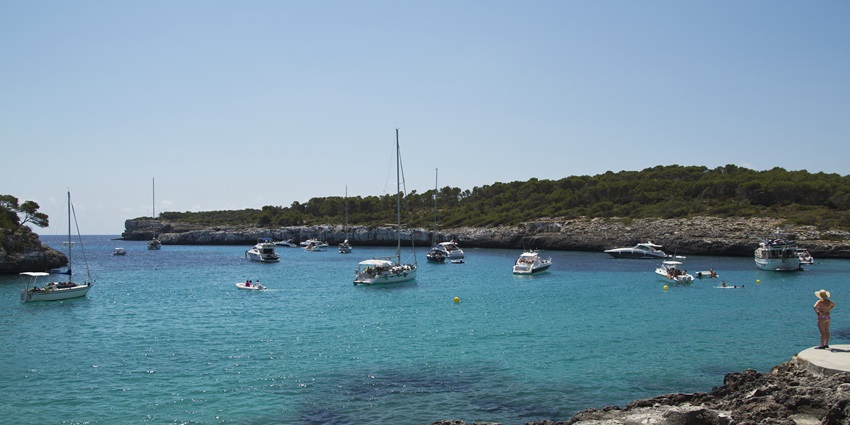
Photo: trolvag / Wikimedia Commons
The Balearic Islands of Spain-Mallorca, Ibiza, Menorca, and Formentera-are a Mediterranean paradise with gorgeous beaches, exciting nightlife, and charming towns. The largest of the islands, Mallorca, offers quaint coves, the Tramuntana Mountains, and historic sites, including Palma Cathedral. Despite being famous for its nightclubs, Ibiza also has peaceful beaches as well as UNESCO-listed Dalt Vila. Menorca is the quieter option out of the four, with clear waters, unspoiled landscapes, and prehistoric Talayotic ruins. Formentera, the smallest island, is a haven for relaxation equipped with white sandy beaches and turquoise waters.
Timings: May to September
5. Visit The Prado Museum In Madrid
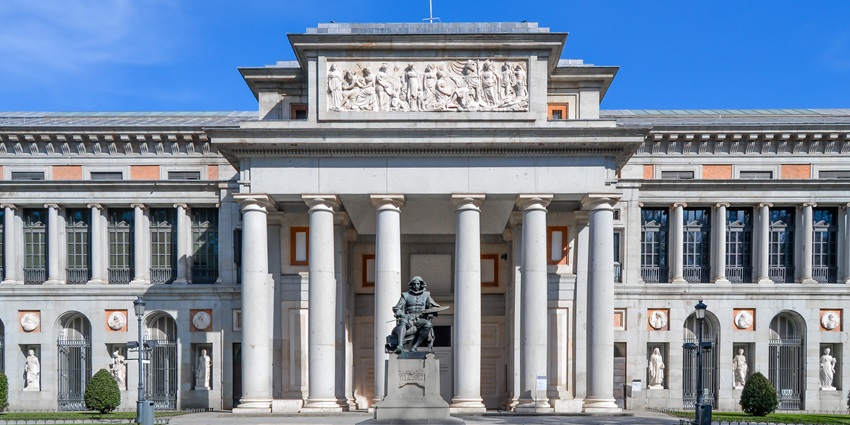
Photo: Emilio J. Rodríguez Posada / Wikimedia Commons
Holding one of the finest collections of European masterpieces, the Prado Museum (Museo del Prado) is Spain’s most famous art museum. Artists from the 12th century to the early 20th centuries, mostly Spanish, Italian, or Flemish, are represented for display in the museum. Among the highlights of the collection are Velázquez’s Las Meninas, Goya’s The Third of May 1808, and Bosch’s The Garden of Earthly Delights, with other schools represented by Titian, Rubens, and El Greco. Its partners, the Reina Sofía and Thyssen-Bornemisza, make up Madrid’s “Golden Triangle of Art.” The museum, which besides offers immeasurable experience, has a breathtaking collection of 8,000 paintings and over 700 sculptures from different eras.
Timings: 10 AM – 8 PM (Monday to Saturday); 10 AM – 7 PM (Sundays and holidays)
6. Experience Flamenco In Seville
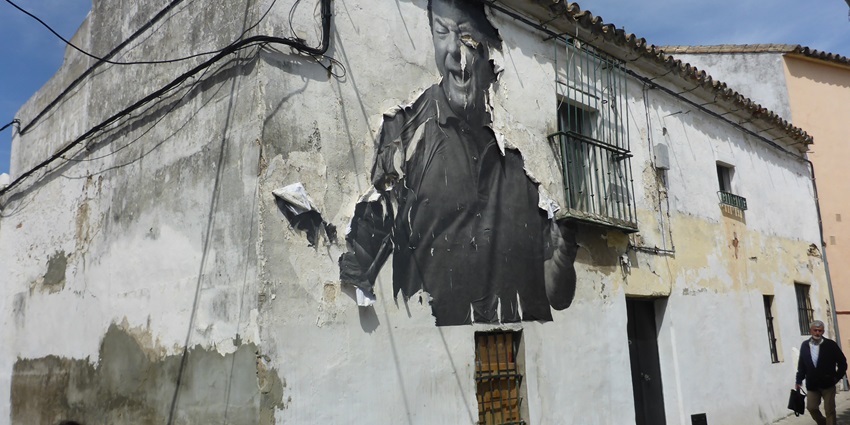
Photo: El Pantera / Wikimedia Commons
Seville is the core of flamenco, an ardent art form standing for singing, guitar playing, and filled-with-passion dance. It flourished for centuries as a representation of Spanish culture, forged from Andalusian, Romani, and Moorish influences. The best sites to enjoy such authentically feel-good performances are traditional tablaos, like Casa de la Memoria and El Palacio Andaluz. Every two years Seville hosts the most important festival of flamenco, the Bienal de Flamenco. The city atmosphere itself adds extra charm, as sometimes you can enjoy spontaneous flamenco in local bars and open squares.
Timings: Spring (March-May)
7. Discover The Guggenheim Museum In Bilbao
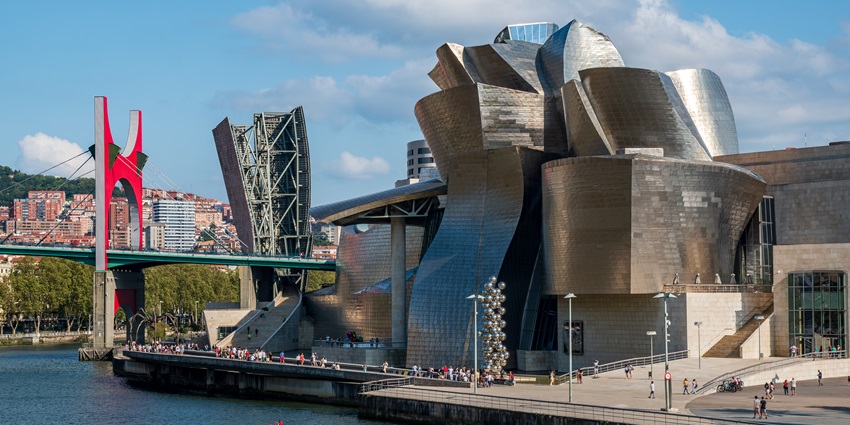
Photo: Jose María Ligero Loarte / Wikimedia Commons
The Guggenheim Museum in Bilbao is one of the most important contemporary art museums in the world. Designed by architect Frank Gehry, it opened its doors in 1997 and is celebrated for its cutting-edge design, whose titanium-clad structure made Bilbao into an international cultural destination. Inside, the museum has a remarkable collection of modern and contemporary art that includes works by Jeff Koons, Richard Serra, Yayoi Kusama, and Mark Rothko. Outside, Koons’s Puppy, a giant floral sculpture of a West Highland Terrier, greets visitors. Located by the Nervión River, the museum is the meeting point of art, architecture, and urban renewal, and also houses temporary exhibitions.
Timings: 10 AM – 7 PM (closed Mondays, except in summer)
8. Taste Wine In La Rioja
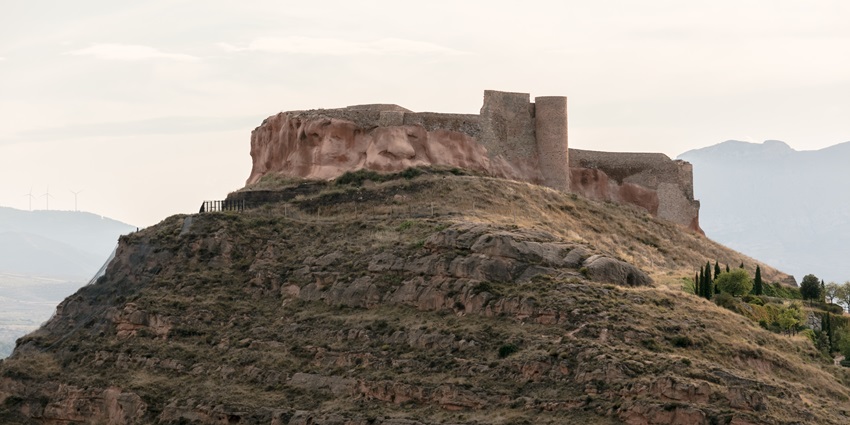
Photo: Diego Delso / Wikimedia Commons
La Rioja, noted as Spain’s most recognized wine region, is best for red wines of high quality mainly produced from Tempranillo grapes. The region of La Rioja runs along the banks of the River Ebro, passing through northern Spain. It houses more than 500 wineries (bodegas), from ancient ones to modern vineyards. Wine production in La Rioja has its roots over a millennium ago, with the climate and soil characteristically contributing to great aristocratic vintages. Visitors can enter underground wine cellars, stroll through picturesque vineyards, and taste wines with excellent food. Each June, the town of Haro hosts the famous Batalla del Vino, a festival that sees participants throwing wine at one another in celebration.
Timings: September – October (grape harvest season)
9. Attend La Tomatina In Buñol
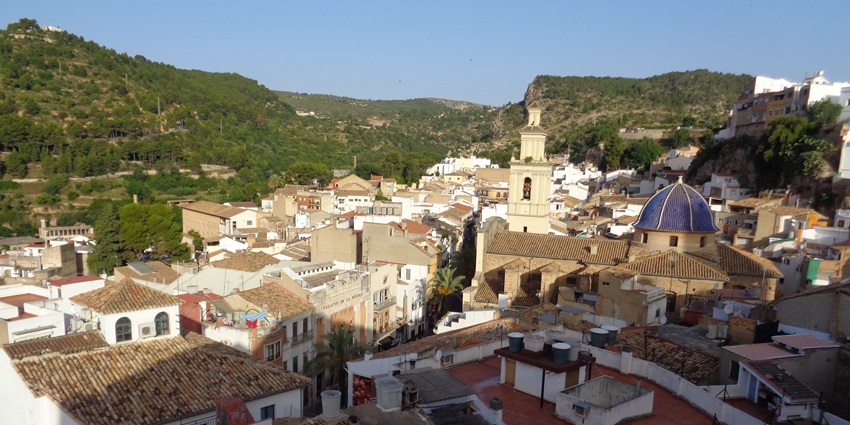
Photo: Enrique Íñiguez Rodríguez (Qoan) / Wikimedia Commons
La Tomatina is the world’s largest and most famous food fight, held annually in Buñol, situated in the province of Valencia. Thousands of participants from all over the globe congregate to unleash overripe tomatoes upon one another in an exhilarating mayhem. This festival began in the wake of a spontaneous food fight in the town square in 1945. The event is said to last about an hour, during which trucks of tomatoes are dumped on the street for participants to unleash their fury. Parades, music, and traditional Spanish food are all part of the festival-making it a wonderful cultural experience.
Timings: Starts at 11 AM, lasts one hour
10. See The Running Of The Bulls In Pamplona
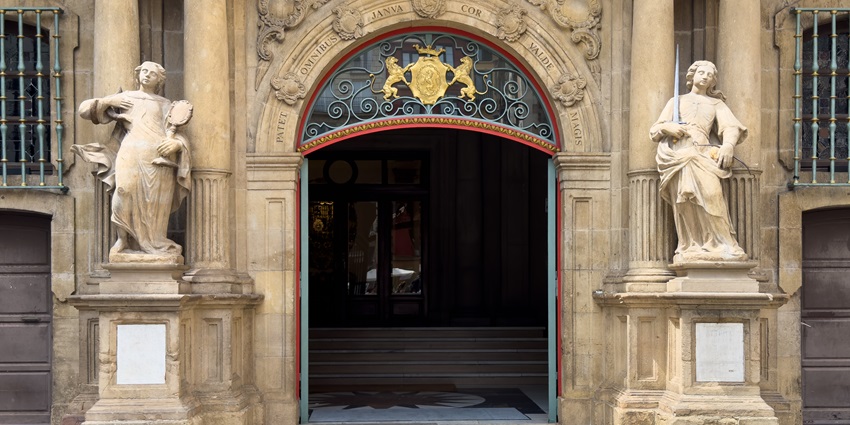
Photo: Kent Wang / Wikimedia Commons
This, now called “Encierro”, is the most famous event in the San Fermín Festival of Pamplona. This festival takes place every year from July 6 to 14. Around 250 runners accompany six bulls for about 875 m along the route from the Santo Domingo corrals to the Plaza de Toros. This dates back to the 14th century, when cattle were driven through the streets to the bullring. The passion of the event is deadly. Parades dance across the streets, with solemn music and fireworks, with a religious procession to honor Saint Fermín.
Timings: Runs start at 8 AM daily
A mixture of history, culture, adventure, and relaxation makes Spain a travel destination for every type of traveller. The country has unlimited opportunities for the curious and flamboyant, from amazing architectural masterpieces to world-class museums and festivals and traditional performances. These things to do in Spain allow you to worship the stunning views while relishing a delectable range of tastes. Book your next trip to Spain with TripXL to create for yourself some exciting and unforgettable memories.
Cover Photo: Diego Delso / Wikimedia Commons


 WhatsApp
WhatsApp
 Twitter
Twitter









